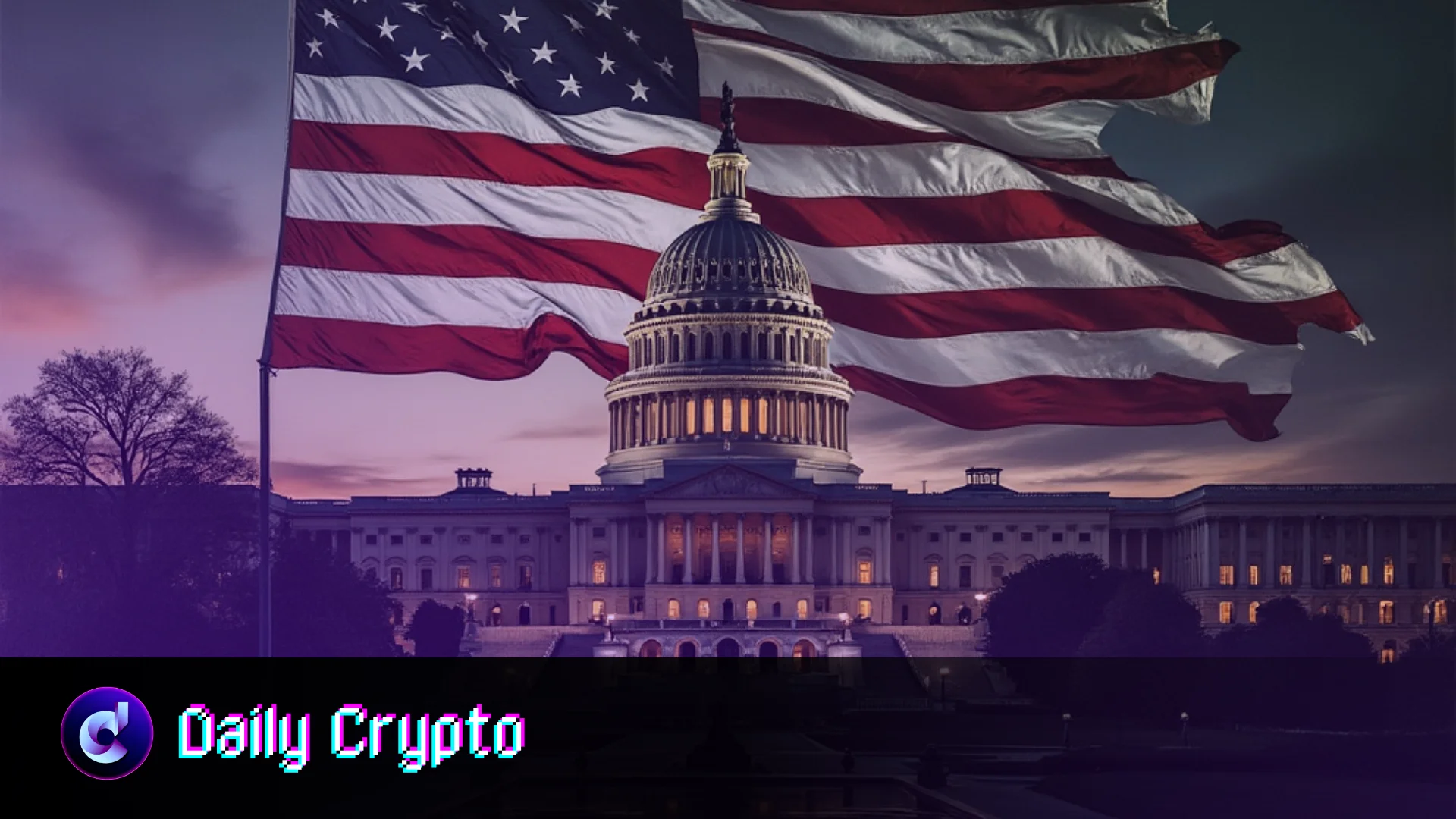
U.S. Treasury yields have risen significantly in response to President-elect Donald Trump’s election victory, as investors anticipate potential changes in economic policy and await critical inflation data.
Increase in U.S. Treasury Yields
On Tuesday, U.S. Treasury yields experienced a notable increase as traders assessed the implications of President-elect Donald Trump’s election win on future interest rates. The yield on the 10-year Treasury note jumped over four basis points, reaching 4.3550%, while the yield on the 2-year Treasury rose more than six basis points to 4.3149%. These movements indicate that investors are factoring in potential changes to monetary policy as the political landscape shifts.
The increase in yields follows a recent decision by the Federal Reserve to cut interest rates for the second consecutive time, lowering the target range by 25 basis points to between 4.50% and 4.75%. Market participants are currently pricing in a 60.4% probability of an additional quarter-point cut during the Federal Reserve’s next meeting in December, reflecting a broader anticipation of continued accommodative monetary policy in the face of economic uncertainties.

Focus on Upcoming Economic Data
Market attention is now shifting toward crucial economic data scheduled for release later this week. This includes the NFIB Business Optimism Index, which will provide insights into small business performance in October, and key inflation figures. The consumer price index (CPI) is set to be released on Wednesday, followed by the producer price index (PPI) on Thursday. Economists project a 0.2% month-over-month increase in the October CPI, consistent with the previous month, while the annual CPI is expected to rise to 2.6%.
These inflation figures will be critical for assessing the health of the U.S. economy and may influence future Federal Reserve actions. Investors are particularly interested in this data as it could signal whether inflationary pressures are building, which may lead to adjustments in interest rate policies.
European Markets Anticipate Lower Open Amid Economic Concerns
European markets are expected to open lower on Tuesday, driven by investor apprehensions about the implications of Donald Trump’s victory for the region’s economy, especially in relation to potential tariffs. Early indicators suggest that the U.K.’s FTSE 100 index may open lower, while Germany’s DAX and France’s CAC are projected to decline as well.
Investors will closely monitor a fresh batch of economic data, including German inflation figures and U.K. GDP reports, expected later this week. Earnings reports from major companies such as Bayer, and AstraZeneca will also be released, which could further impact market sentiments.
In Asia-Pacific markets, there was a general decline overnight, reflecting caution as U.S. stocks reached record highs following the election results. This contrasts with the performance of key benchmarks in the U.S., where stocks have rallied. Wall Street banks are currently reassessing the potential impacts of Trump’s policies on U.S. bonds, as well as on Asian and European equities and currencies.
Market Outlook and Bitcoin’s Position
The broader market reaction to Trump’s election win highlights a recalibration of investment strategies, with investors anticipating a return to “Trump trades.” Analysts note that the Republican sweep of the presidency and potentially Congress could lead to significant shifts in economic policies, which differ from those observed in 2016.
This comes as Bitcoin is also in the spotlight, trading around $87,000, having recently approached an all-time high of around $90,000, indicative of growing interest and volatility in the cryptocurrency market.
Disclaimer: All information provided on this website is for informational purposes only and should not be construed as financial or investment advice. We do not guarantee the accuracy, completeness, or timeliness of the information, and we are not responsible for any financial decisions you may make based on this information. Cryptocurrencies are highly volatile assets, and any investment in them carries a high level of risk.
More Like This

US Manufacturing PMI Rises to 49.7 in November

PCE Inflation Comes In-Line With Expectations
*AI technology may have been used to develop this story and publish it as quickly as possible.

